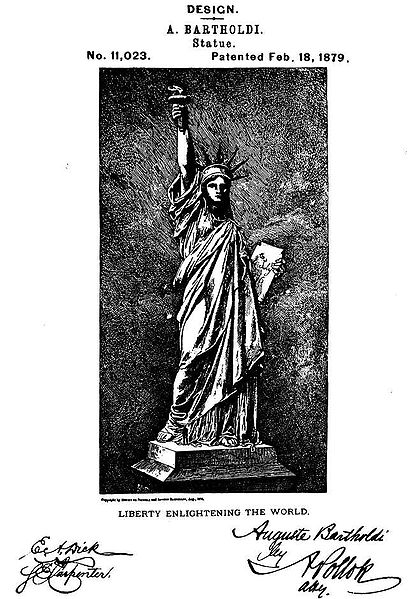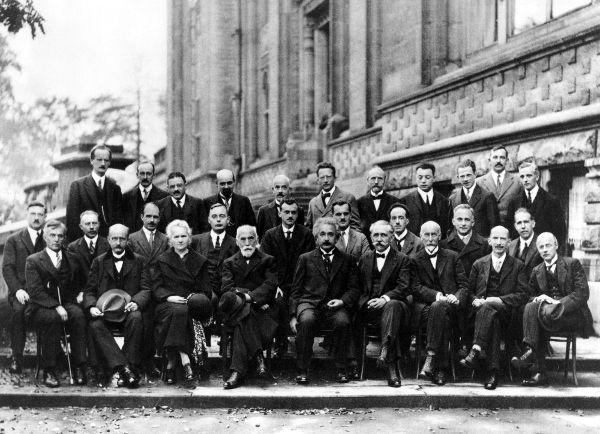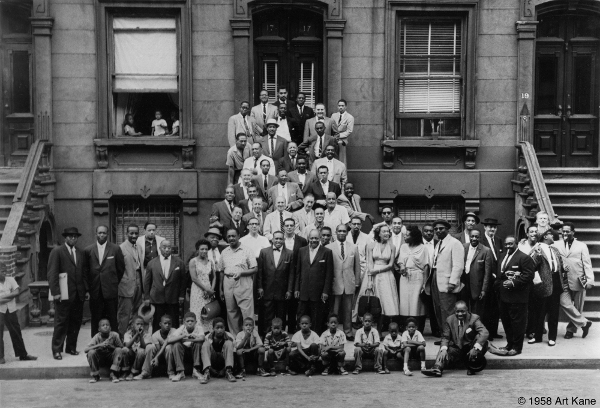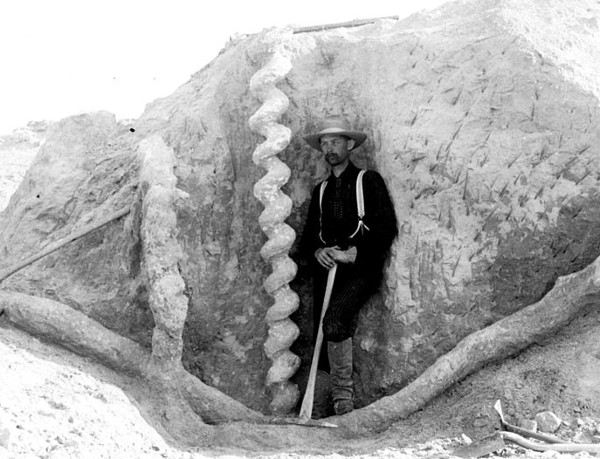
In 1968, artist Tim Ulrichs released Schleifpapier-Schallplatten, a set of 13 discs made from commercial sandpaper in various degrees of coarseness, with blank center labels. They were billed as “monosandpaper records.”
V.A. Wölfli’s industrial noise composition “Pferd/Horse/Elastic” was named after the Pferd company’s steel-cutting discs — he simply put 100 of the construction-duty grinding wheels inside record covers.
The first single by the Dust Breeders, “Sandpaper Mantra” (1989), was a 7-inch piece of sandpaper inside a record sleeve. Their 1995 composition “I’m Psycho 4 Yur Love” swapped these materials, with a sandpaper sleeve housing a vinyl record that gets scratchier every time it’s removed.
The Durutti Column’s The Return of the Durutti Column (1980), the Feederz’ Ever Feel Like Killing Your Boss? (1984), and Illusion of Safety’s Illusion of Safety (1999) were all released in sandpaper sleeves.
This may have been an homage to Guy Debord’s 1957 autobiography, Mémoires, which was bound in a sandpaper cover in order to destroy any book placed next to it.
(From Craig Dworkin, No Medium, 2013.) (Thanks, Vinny.)








